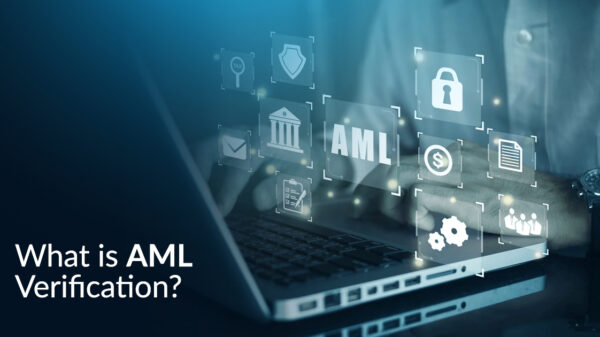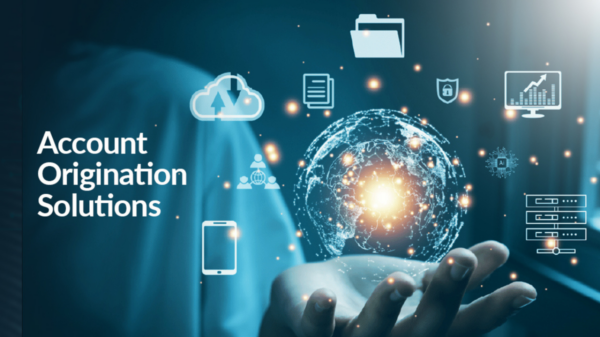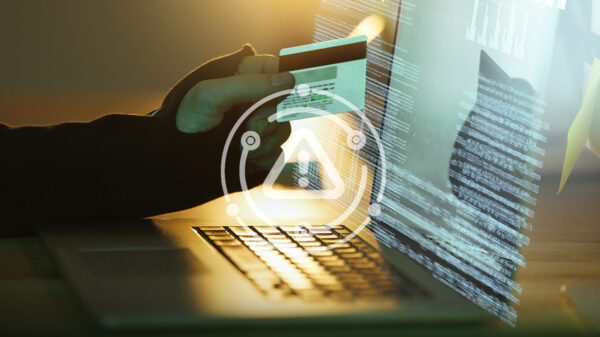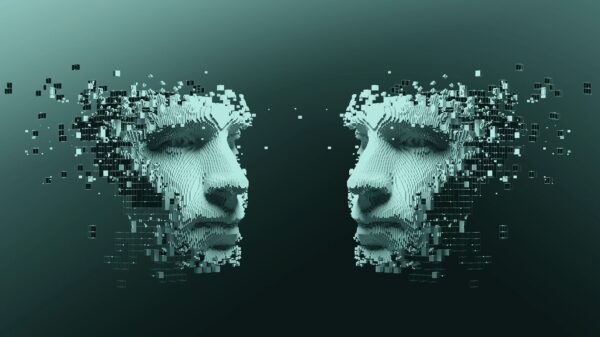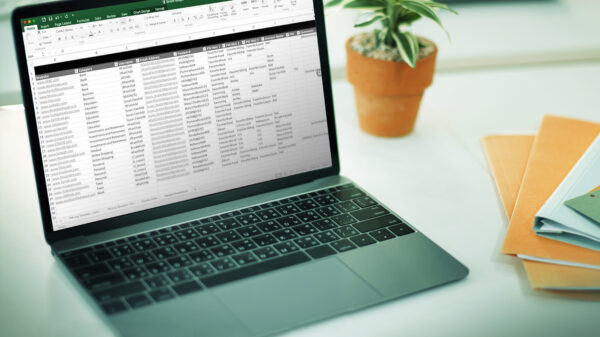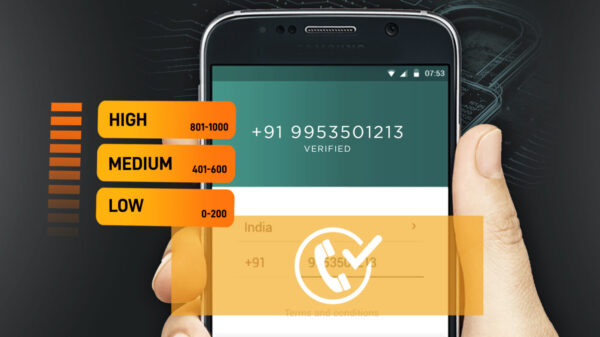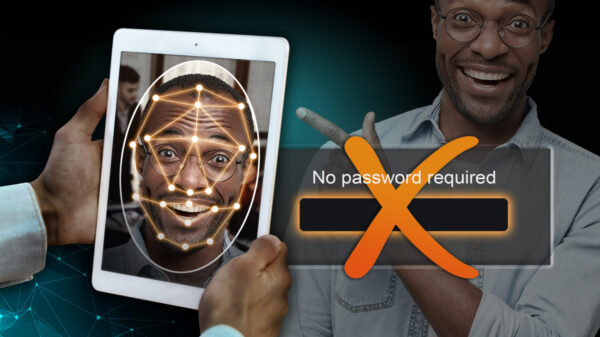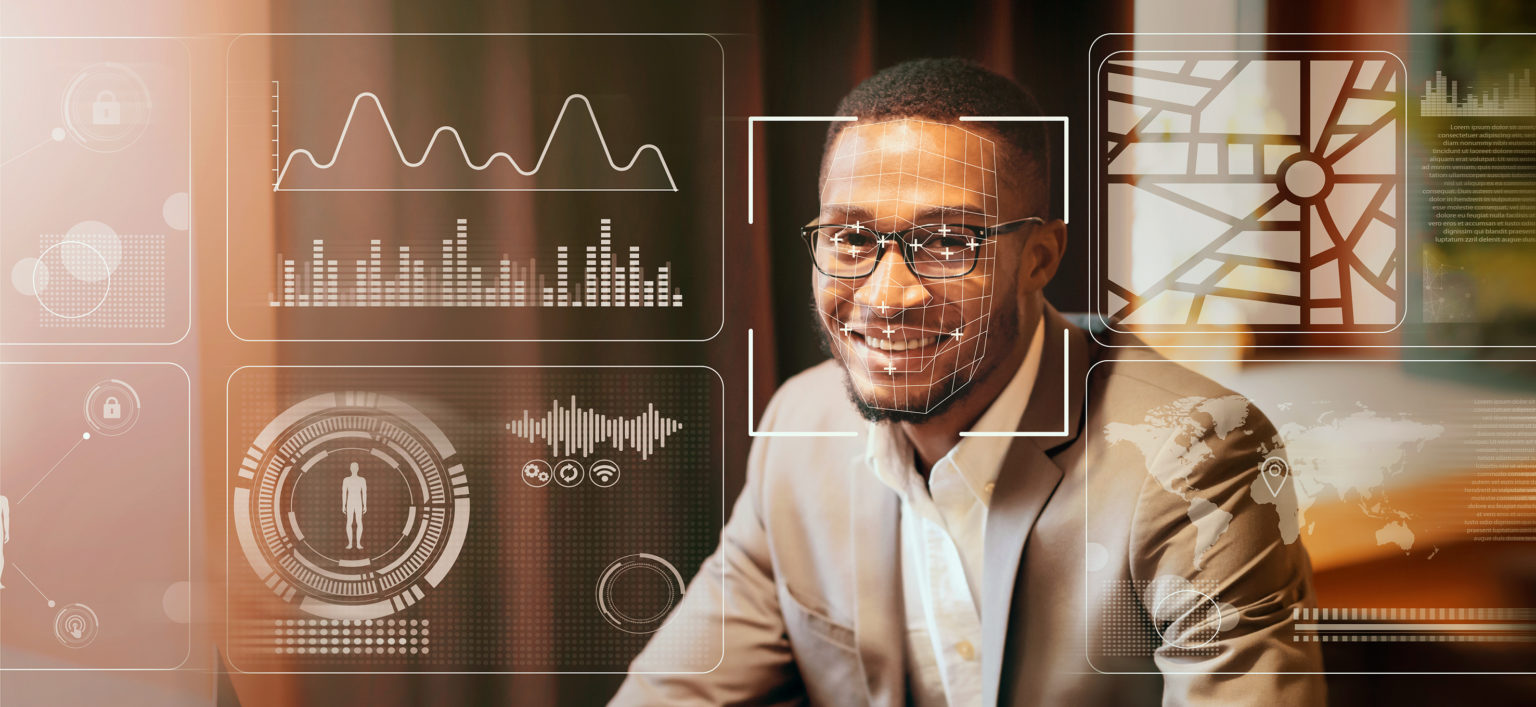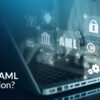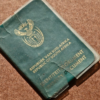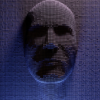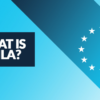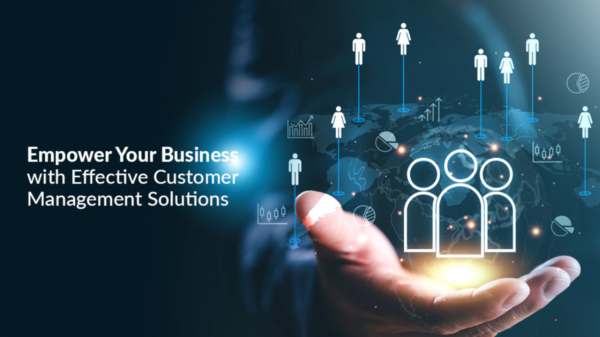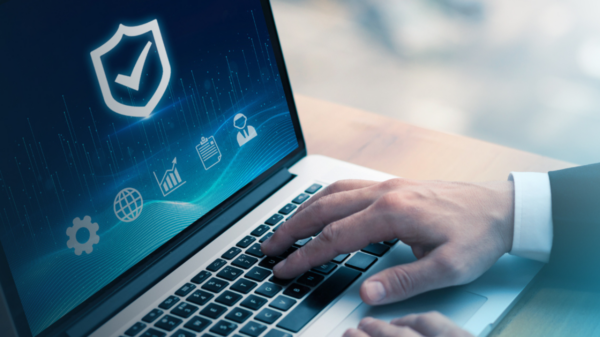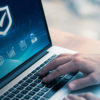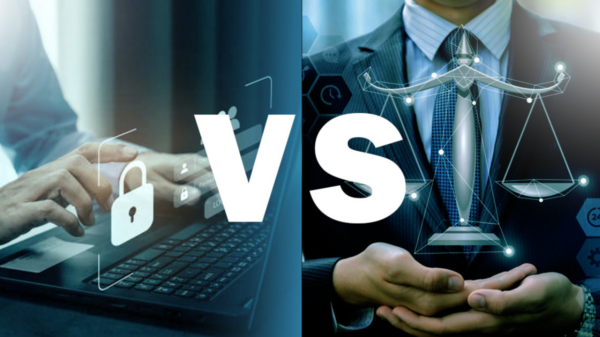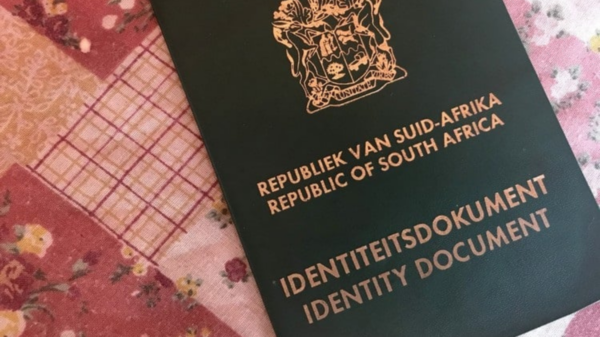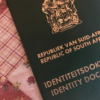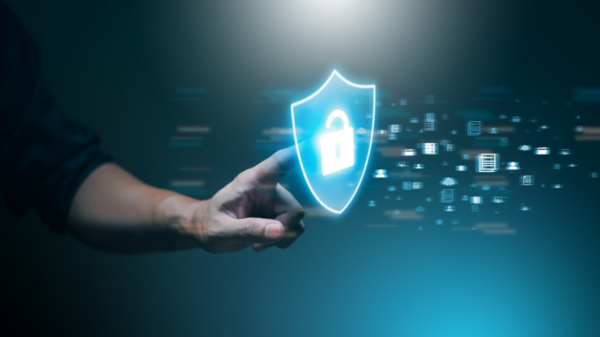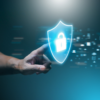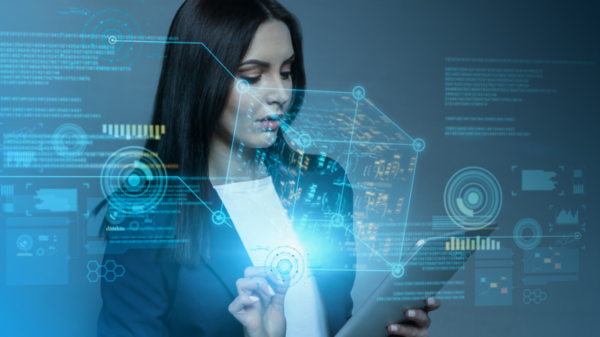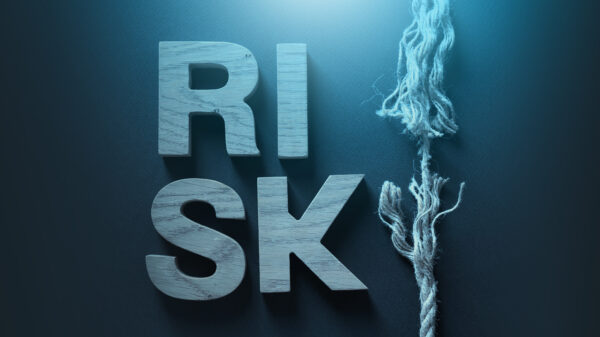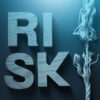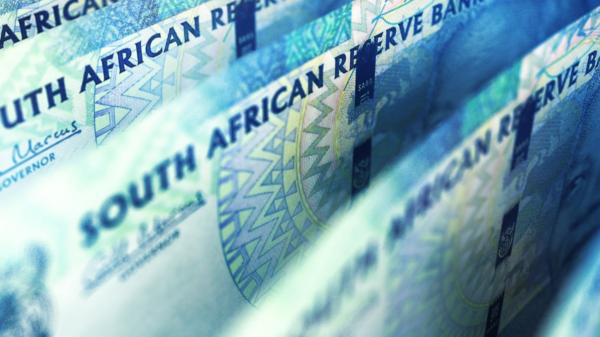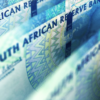The technology behind facial recognition originated over 50 years ago. Today, facial recognition is one of the most accurate and invaluable authentication tools around.
Over half a century ago, a little-known trio of computer scientists debuted a proof of concept for what has become one of the most effective, multipurpose biometric technologies today – facial recognition.
And even though Woody Bledsoe, Helen Chan Wolf and Charles Bisson were limited by the technological resources available to them at the time, their work was – and still is – considered hugely innovative and valuable.
Indeed, their research paved the way for the facial recognition technology we now know so well and use so widely, with all its versatility, impressive accuracy, and automatic authentication capabilities.
Very versatile
Today, facial recognition technology is powerful and universal. It comes into play every time Facebook auto tags you in a photo, every time you unlock an electronic device with your face or pass through certain border posts.
It has also been used very successfully to help find missing children and to monitor potential threats at public places like schools. And if that wasn’t enough to prove its versatility, facial recognition is even being used for eerily personal live advertising and, bizarrely, as a toilet paper theft prevention tool.
At pbVerify, it is the dual verification aspect of facial recognition that we are invested in. Essentially, facial recognition is the process of verifying the identity of a person by using their face. It captures, analyses, and compares patterns based on individuals’ facial details. There are two parts to facial recognition verification: identification, which answers the question “Who are you?” and authentication, which answers the question “Are you really who you say you are?”.
Superior and certified
And to deliver the best possible verification services to our customers, we use only the best, state-of-the-art liveness detection and face authentication software from FaceTec.
The only face authenticator to attain Level 1 & Level 2 Certifications in NIST/NVLAP-certified Presentation Attack Detection (PAD) tests, FaceTec is also the world’s only biometric security company with an ongoing Spoof Bounty program.
And when it comes to 3D biometrics, FaceTec’s 3D Face Matcher is deemed the world’s best, with a 3D Face Matching rate at 1-in-12.8 million FAR (False Acceptance Rate) at less than 1% FRR (False Rejection Rate).
Using this remarkable software, pbVerify offers the following API services, which are central to KYC (Know Your Customer) compliance:
- Liveness Checks: Produces a 3D map of an individual’s face and verifies whether the individual is alive.
- Enrolment (get/delete): Enrols a person by doing a liveness check and saving their 3D face map. When the same person needs to re-enter or gain access (physical or logical), the 3D facial scan is compared to the 3D face map on file and entry is granted or denied.
- Match 3D to 3D: Matches your 3D face map to another 3D face map.
- Photo ID Match: Carries out a liveness check andmatches a 3D face map to a 2D image (passport or ID photo).
It’s been a long journey, peppered with all the usual trial and error and cynicism, but facial recognition has advanced to the point where we can authenticate individuals with jaw-dropping accuracy, rule out bad actors and negate deepfakes. Thanks, Bledsoe and co.
2D vs 3D
While there are many platforms that offer 2D face recognition, this does not provide the accuracy needed for face authentication. This is because there is too much variability and overlapping similarity in human faces to achieve a high enough FAR (False Accept Rate) when they are flattened from 3D to 2D.
FaceTec CEO Kevin Alan Tussy notes, “2D Liveness and Matching will never be as robust as 3D because there’s not nearly as much data in a 2D photo as in a 3D FaceMap. But 2D Liveness Detection can still have a place in your biometric security plan.”
Last week, FaceTec announced it would offer free unlimited 2D liveness checks for all customers and partners. “Free 2D Liveness will help provide a layer of security to those who aren’t using any Liveness, and will allow us to educate about remote onboarding and authentication scenarios that require our more advanced 3D Liveness technology,” says Tussy.
Find out more about FaceTec’s 3D Face Authentication Platform watch this video.
To find out how pbVerify can assist you with watertight authentication for your business’s compliance using FaceTec’s leading software , call us on (0)10 300 4898 or email [email protected].
REFERENCES
- Facetec.com
- pbVerify.co.za – pbVerify’s 3D liveness service enables contactless biometric customer verification
- Wikipedia – Facial recognition system
- Wikipedia – Woody Bledsoe
- Wikipedia – Helen Chan Wolf
- Wired – The secret history of facial recognition
- Techopedia – What does Facial Recognition mean?
- The Independent – Indian police trace 3000 missing children in just four days using facial recognition technology
- Business Insider – How police are using technology like drones and facial recognition to monitor protests and track people across the US
- Business News Daily – Facial recognition advertising: The new way to target ads at consumers
- Vimeo – Panasonic Denver School case study
- Mashable SE Asia – China is installing facial recognition toilet paper dispensers in public restrooms

